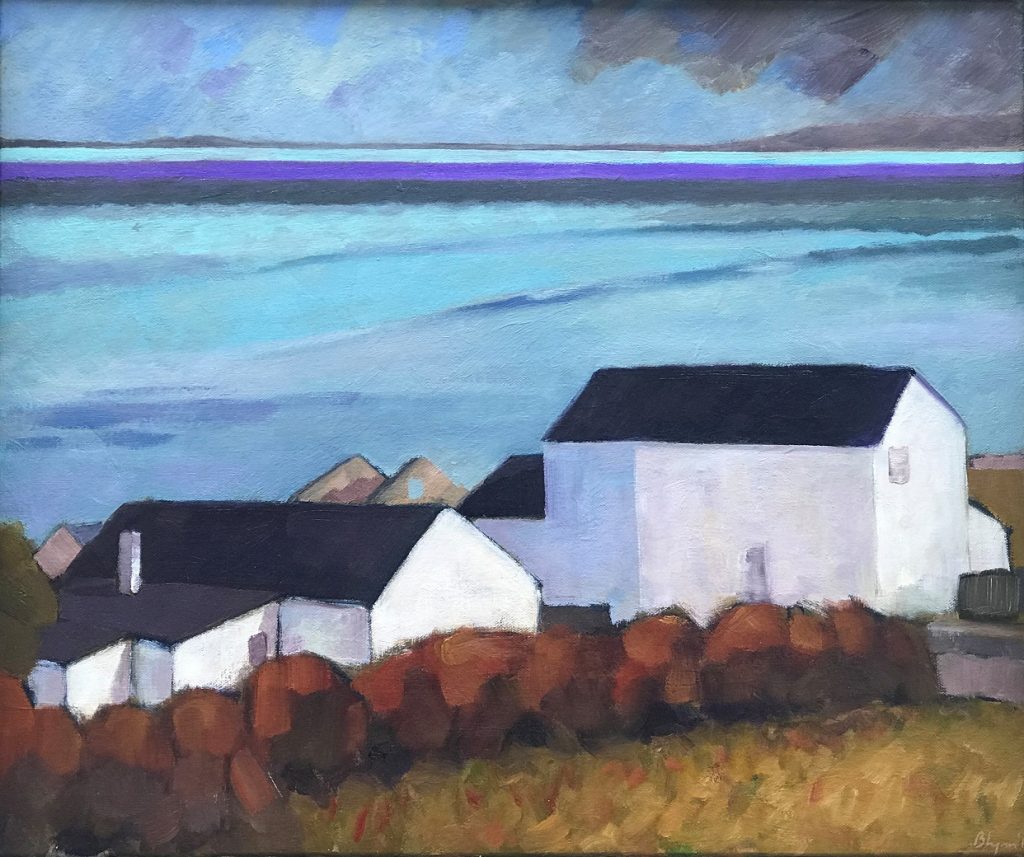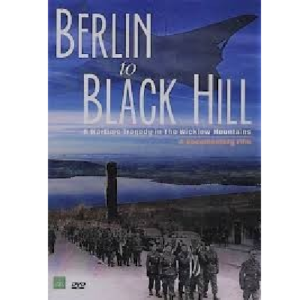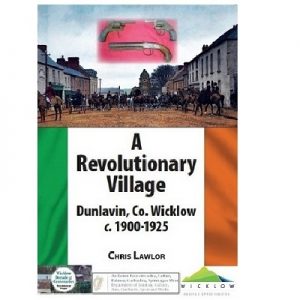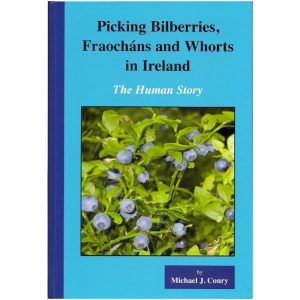
Menu

The use of corn stands in Ireland in the 18th, 19th and first half of the 20th century was closely linked to the arrival of the brown rat (Rattus norvegicus) in 1722. The rat caused massive damage to stacks of corn that were kept over for the spring threshing. Farmers devised, some 250 years ago, the simple but effective technique of building stacks of corn on ‘mushrooms’ as a means of protecting the corn until it was threshed in the spring. The capstone of the mushroom prevented the rat from entering the stack. Similar but not identical methods were used in various parts of the world to protect corn from predators over the winter period e.g. United Kingdom, Galicia in Spain and China.
The book covers the distribution, the primary and secondary uses and construction of the various types of corn stands and rickstands found in Ireland. It also includes the various techniques used in building and thatching the stacks of corn, methods of threshing the corn as well as the uses for both grain and straw.
The corn (mainly oats) on the stands matured slowly over the winter. When it was threshed in the spring the grain was in perfect condition, as hard as shot and a beautiful golden colour. It was used as seed for sowing, feeding horses and other livestock and human consumption. It was also a very tradable commodity which could be readily sold on local markets.




Reviews
There are no reviews yet.